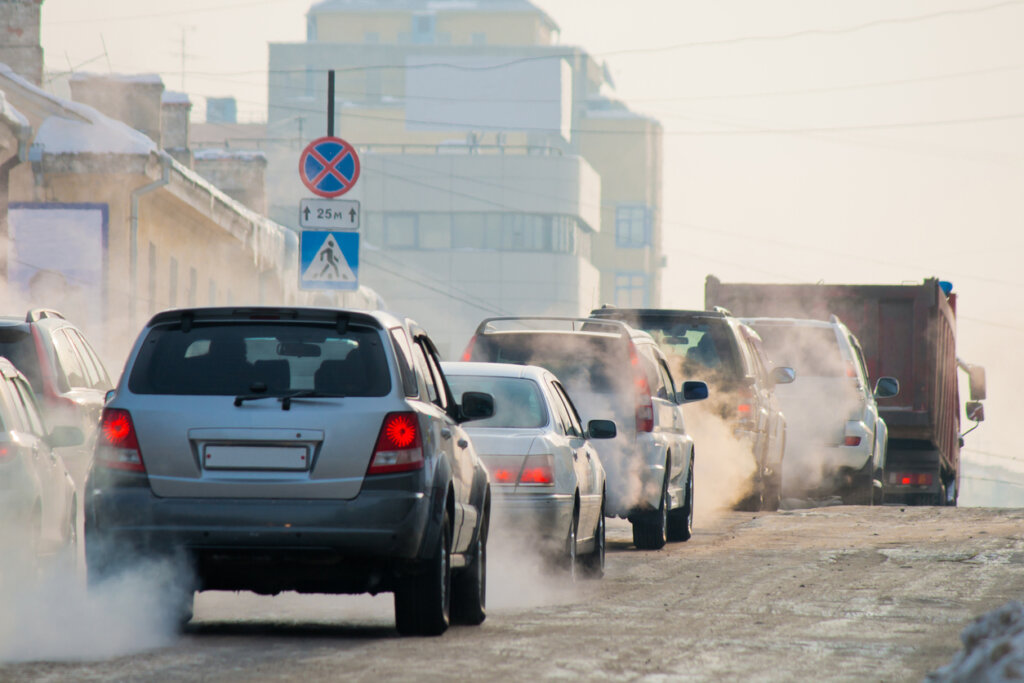Reckless driving isn’t always due to alcohol or drug use. In fact, often, behind this behavior lies a mental problem and the desire to escape from everything and disappear.
In the wake of the pandemic, the number of diagnoses of depression and anxiety has increased considerably. The number of traffic accidents has also increased. Indeed, in the last two years, the number of deaths of people on motorcycles, for example, has been particularly high. Their driving maneuvers were so risky and reckless that many experts wondered about their backgrounds.
The answers can be found in those people who managed to survive their accidents. Although these survivors almost never expressed their desire to die, they were often dealing with latent depression and subconscious suicidal ideation. This means they had an overt disregard for life (both their own and that of others), as well as a desire to escape, to press on the accelerator with a completely blank mind, not thinking about the consequences.
Many of those who experienced suicidal ideation while driving have never attempted suicide in other ways.
Recklessness as a depressive characteristic
What lies behind the reckless driver? What’s in the mind of the individual who drives well over the legal speed limit and dangerously overtakes? In fact, it’s quite possible that, if such a driver survives, they’ll be subjected to various tests, such as those related to alcohol and drugs.
However, a psychological evaluation isn’t always employed. If it was, we might be surprised at the number of drivers who are majorly depressed. At least, that’s what a 2015 University of Pisa (Italy) study reveals. It claims that, frequently, risk behaviors, impulsiveness, and psychomotor agitation are the result of a mental problem.
It’s also common for alcohol to play a part. Indeed, drunk driving increases suicidal ideation and traffic accidents. When people resort to alcohol as a refuge or to escape, they’re trying to mitigate their psychological pain. The disinhibition that alcohol causes further enhances their risky behavior.
The car and the motorcycle become an ideal instrument for self-injury or self-destruction in individuals who are motivated by suicidal ideas.
Depression and reckless driving: what symptoms does it present?
When we think of someone with depression, we visualize a person lying in bed, apathetic and sobbing and, unable to do much. That’s because we still have a tendency to believe completely biased ideas about mood disorders.
However, depression can manifest itself in a number of ways. The kinds that correlate with reckless driving behaviors typically include the following:
- Depressions in which risk behaviors, erratic behaviors, drinking alcohol, gambling addiction, etc. appear.
- Impulsive people who do things without thinking.
- Nervousness and agitation. These people change their plans every few minutes, constantly need to be busy doing something, and can’t really relax.
Some prefer to lose their lives in an accident so that their family never knows that they wanted to commit suicide.
Suicidal ideation and traffic accidents
Is it possible to foresee that someone wants to kill themselves while driving? It’s extremely difficult if they haven’t been diagnosed. Indeed, many people are dealing with deep suffering right now but don’t seek specialized help. After all, it isn’t easy to reach everyone. Even less to anticipate misfortunes such as those linked to suicidal ideation and traffic accidents.
There are two elements that make this reality even more complex.
The desire to stop living isn’t always conscious
This is highly relevant data. Often, those who suffer or cause a traffic accident show subconscious suicidal ideation. They haven’t tried to kill themselves before or even shown self-injurious behavior. However, when they take the steering wheel or the controls of the motorcycle, they just want to escape, let themselves be carried away by speed, and allow destiny to decide their fate. Unsurprisingly, this brings unfortunate consequences.
There are also those who expressly seek to commit suicide while driving. It’s often because dying in a traffic accident prevents their family from knowing they want to die.
Lack of appreciation for their life and that of others
It’s a cruel reality that whoever seeks to commit suicide in a traffic accident demonstrates a complete lack of appreciation for life. While it may be understandable that a person wants to take their own life, it’s incomprehensible that they don’t care about killing others as well.
Suicidal ideation and traffic accidents are beyond the comprehension of most of us. One astounding fact is that sometimes, the one who wanted to kill themselves comes out unscathed, leaving some other unsuspecting family to suffer a loss. This suggests an absolute rejection of existence in general, which obviously raises a huge problem.

How to deal with this reality?
No amount of road safety measures will ultimately be enough to prevent a person with suicidal ideation from attempting to take their own life. For this reason, we would first need to know the percentage of claims or incidents that are caused by this variable. This is a complicated objective since we don’t always have the opportunity to evaluate those responsible for these events.
We must take into account that motorized vehicles are extremely useful means for self-destruction or self-injury for someone who’s experiencing a mental problem. The only way to avoid these situations is in the environment, in ourselves, and by detecting if anyone around us is having a bad time or is exhibiting pathological behavior.
We mustn’t neglect those who are living with discouragement and despair, or who are angry inside. We must be mindful of those who are suffering or who’ve begun to drink excessively. After all, the consequences can be fatal, both for them and for us. We must take action.
The post The Link Between Suicidal Ideation and Traffic Accidents appeared first on Exploring your mind.



















Comments